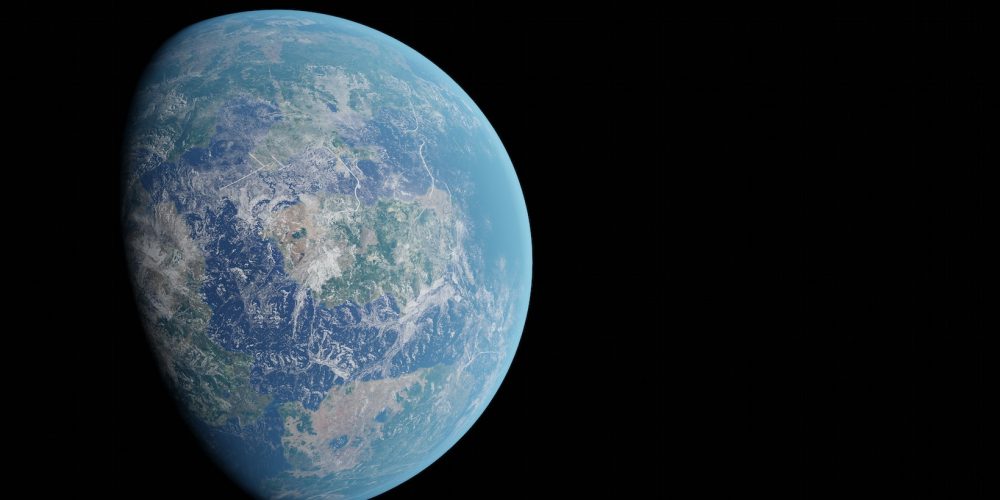The Concept of Planetary Twins
We’ve often heard the term ‘sibling’ or ‘twin’ planets in the fascinating realm of astronomy. But what does it actually mean? Well, when we talk about twin planets, we’re referring to two celestial bodies that share similar physical characteristics and orbit parameters. They might not be exactly identical, but they do have a striking resemblance.
Taking our own home planet Earth as an example, it’s been widely accepted that Venus is its closest sibling. This isn’t just because they’re next-door neighbors in our solar system — there are some pretty compelling reasons why scientists consider them twins.
Moreover, both planets have a rocky surface and harbor mountains, valleys, and vast plains. Their compositions too are quite alike with an iron core surrounded by a molten mantle and crust.
Another common ground shared by these sister planets is their atmospheric conditions. It’s true that Venus has a much denser atmosphere dominated by carbon dioxide which results in extreme greenhouse effect and hence staggering temperatures reaching up to 900 degrees Fahrenheit! However, if we strip away this dense atmospheric blanket from Venus – underneath lies pressure conditions akin to those found on Earth. Yet despite these similarities between Earth and Venus:
- Similar size
- Comparable compositions
- Physical features like mountains and valleys
It’s essential to note that there exist stark differences too which make life as we know it possible on Earth but utterly inhospitable on Venus.
So next time someone asks you about planetary twins – remember it’s not just about two planets being neighbors or having similar sizes. There’s much more science involved behind the scenes shaping these cosmic siblings!

What is Earth’s Sister Planet
We’re diving into an exploration of Venus, often referred to as Earth’s sister planet. You might be wondering why it’s given this sibling-like moniker. It’s because Venus and Earth share a lot in common when it comes to their size, gravity, and composition. They’re roughly the same mass and diameter, with just a 638-kilometer difference between them.
Venus is the second planet from the sun in our solar system. It’s known for its bright appearance in our sky – so shiny that it can even be seen during daylight on a clear day! This brightness is due to the thick layer of clouds that envelope Venus, reflecting most of the sunlight that reaches it.
Yet despite these similarities with Earth, Venus also has some distinct differences. The atmosphere on this fiery world is dense and primarily composed of carbon dioxide (96%), with traces of nitrogen (3%) and other elements. Unsurprisingly then, we’ll find no oxygen there!
Another characteristic unique to Venus is its surface temperature which averages around 467 degrees Celsius (872 degrees Fahrenheit) – hot enough to melt lead! This extreme heat results from an intense greenhouse effect caused by its heavy atmosphere trapping solar heat. Venus also spins very slowly on its axis and interestingly does so in the opposite direction to most other planets – something astronomers call retrograde rotation. One full rotation takes about 243 Earth days which means a day on Venus lasts longer than its year!
- Earth Diameter: 12,742 km
- Venus Diameter: 12,104 km
- Surface Temperature: ~467°C (~872°F)
- Atmosphere Composition: Carbon Dioxide: ~96%; Nitrogen: ~3%
So while we call them twins based on certain striking resemblances—primarily their physical properties—it doesn’t mean they share everything in common! The next time someone asks why we refer to Venus as Earth’s twin, you’ll be well-equipped with an answer!





